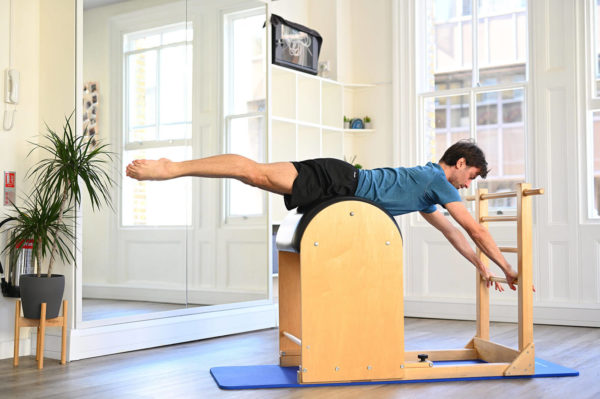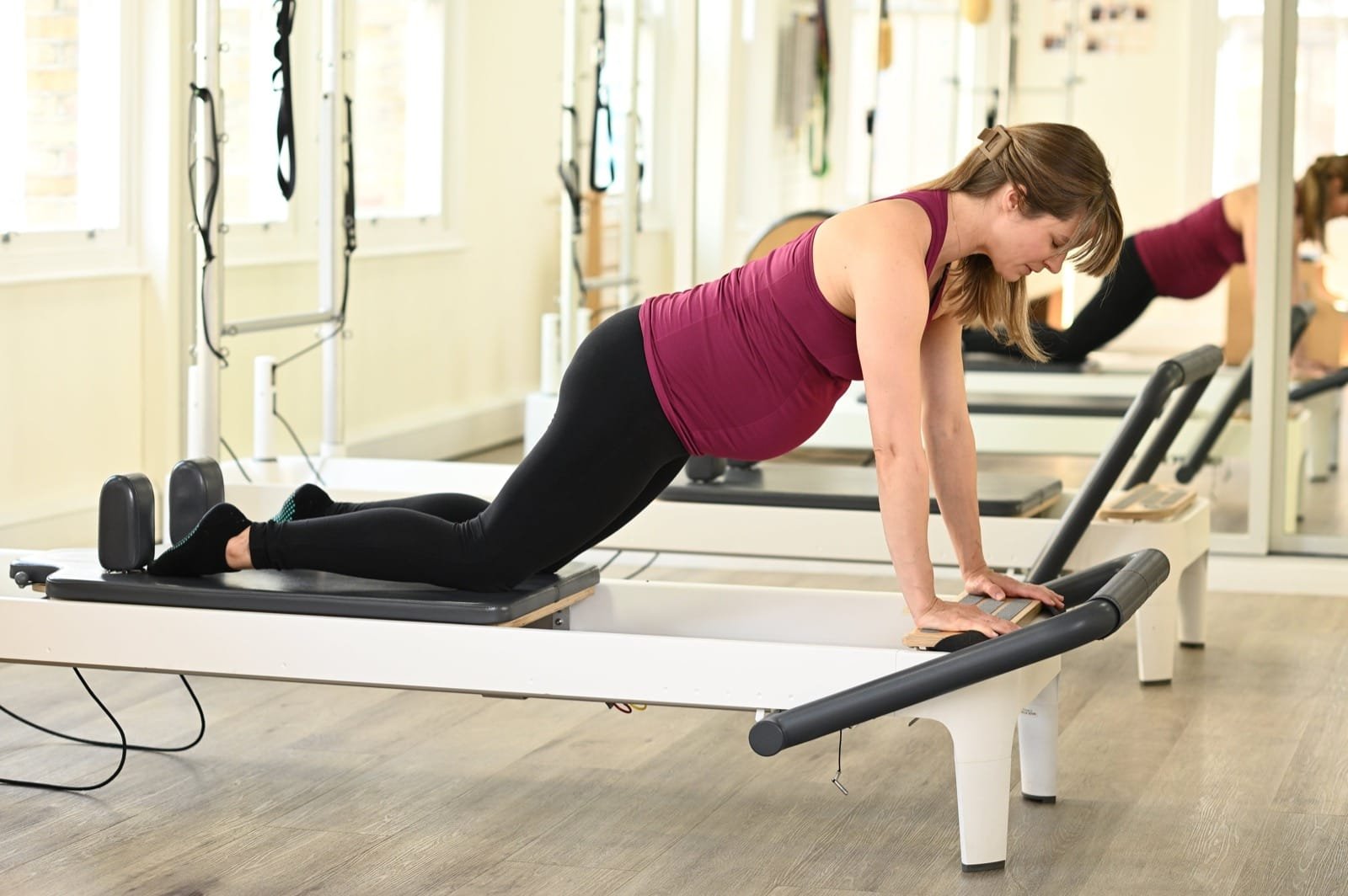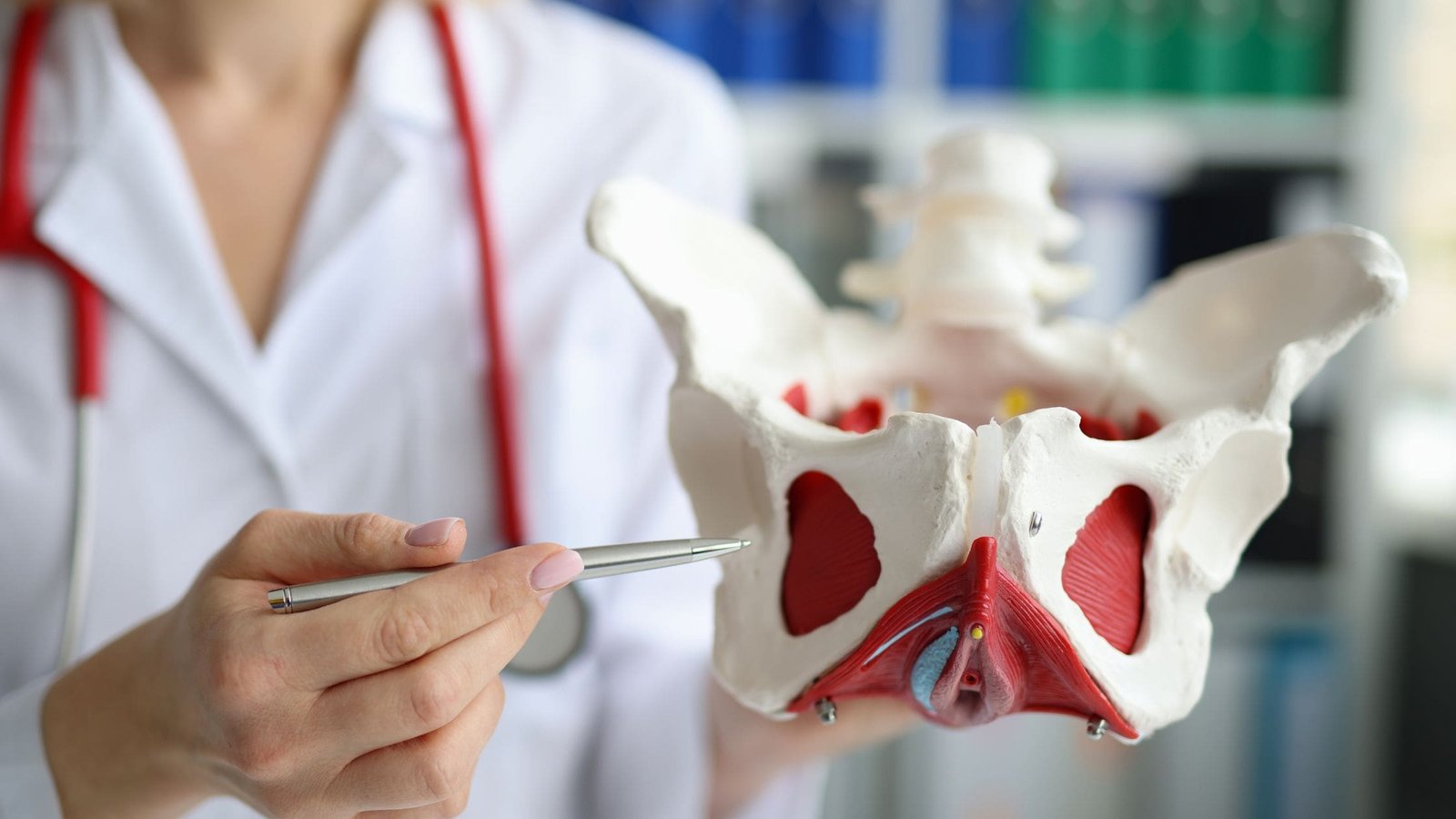Pilates was invented in the early 1920s by Joseph Pilates, of whom it now takes its name after.
Joseph Pilates was born near Dusseldorf, Germany in 1883. Pilates later moved to England in 1912 where he worked as a circus performer, boxer and self-defence instructor.
During the First World War, Pilates was interned as an ‘enemy alien’ along with other German nationals living in England. During this time, Pilates began developing a new approach to physical fitness and body conditioning, which he called contrology and we now know as Pilates.
Towards the end of the First World War, Joseph Pilates was enrolled as an orderly, also known as a nurse, in a hospital on the Isle of Man. He predominantly worked with patients unable to walk which enabled him to experiment with ways in which to facilitate their rehabilitation. Pilates attached bed springs to the hospital beds to help patients strengthen their muscles whilst bed-bound. This led to the development of what we know as the ‘Cadillac’ or ‘trapeze table’. Whilst it’s been adapted since then, it is very much still a piece of equipment you’ll see in many Pilates studios today.

In 1923, Joseph Pilates and his wife, Clara, moved to America where they opened a body conditioning gym. It became particularly popular with the dance community as the apparatus was designed to improve technique and aid rehabilitation.
Joseph Pilates went on to publish two books ‘Your Health’ and ‘Return to Life Through Contrology’ which really outlined his method and technique of work.
Principles of Pilates
Joseph Pilates technique, Contrology, that we now know as Pilates, was based on three core theories:
- Breath
- Whole-body commitment
- Whole-body health
Pilates often explained his technique by quoting Schiller, ‘it is the mind itself which builds the body’.
Joseph’s student later condensed his theories in 6 simple principles which would help future generations of students continue his method. These 6 principles are:
- Breath – Breath is one of the most important elements of Pilates. Joseph Pilates is quoted saying “Breathing is the first act of life, and the last… above all, learn how to breathe correctly.” We know our breathing patterns impact our ability to move as well as our ability to activate and engage our deep core muscles. Not forgetting the mental benefits of good breathing habits which ultimately are found to reduce stress by tapping into our unconscious and promote relaxation.
- Concentration – For Joseph Pilates, ‘concentration’ meant more than just the focus and attention on executing each exercise, recognising the importance of intensely focusing on the movements of their bodies.
- Control – As touched upon, Joseph Pilates named his method ‘Contrology’ which was based on the idea of muscle control. All exercises should be executed with control both through the body and the mind. Again, reiterating Joseph’s want to cultivate a mind/body relationship.
- Precision – Pilates requires you to move with precision. For example, each exercise in the Pilates repertoire should be done in a specific manner to perfect technique.
- Centre – This principle is linked to the original Pilates ‘powerhouse’. Joseph believed the centre covered the middle of the body, from the shoulders down to below the hip joints in front and the base of your bottom at the back. The ‘centre’ is where Pilates repertoire should be performed. We have since expanded this thought but the basic principle of ‘the core’ remains the same.
- Flow – This is the ultimate goal of Pilates, to be able to flow between movements with ease and fluidity.

Complete Pilates
At Complete Pilates, we understand the importance of utilising the six core principles in modern-day Pilates sessions, regardless of the type of Pilates. This is to ensure the individual’s body is working in an optimal way to reap the mental and physical benefits.
We have a range of classes to choose from, including:
- Pilates for beginners
- Pregnancy Pilates
- Postnatal Pilates
- Physio Pilates
- Online Pilates
- Group Pilates
For more information, please get in touch online or contact us on 0203 764 5668.
These blogs are designed to give information to everyone, however, it is important to remember that everyone is different! If you have not seen one of our therapists and have any questions about injuries, what you have read or whether this may be useful to you, please just ask. We are more than happy to help anyone and point you in the right direction. Our biggest belief is that education is key. The more you understand about your injury, illness and movement, the more you are likely to improve.





